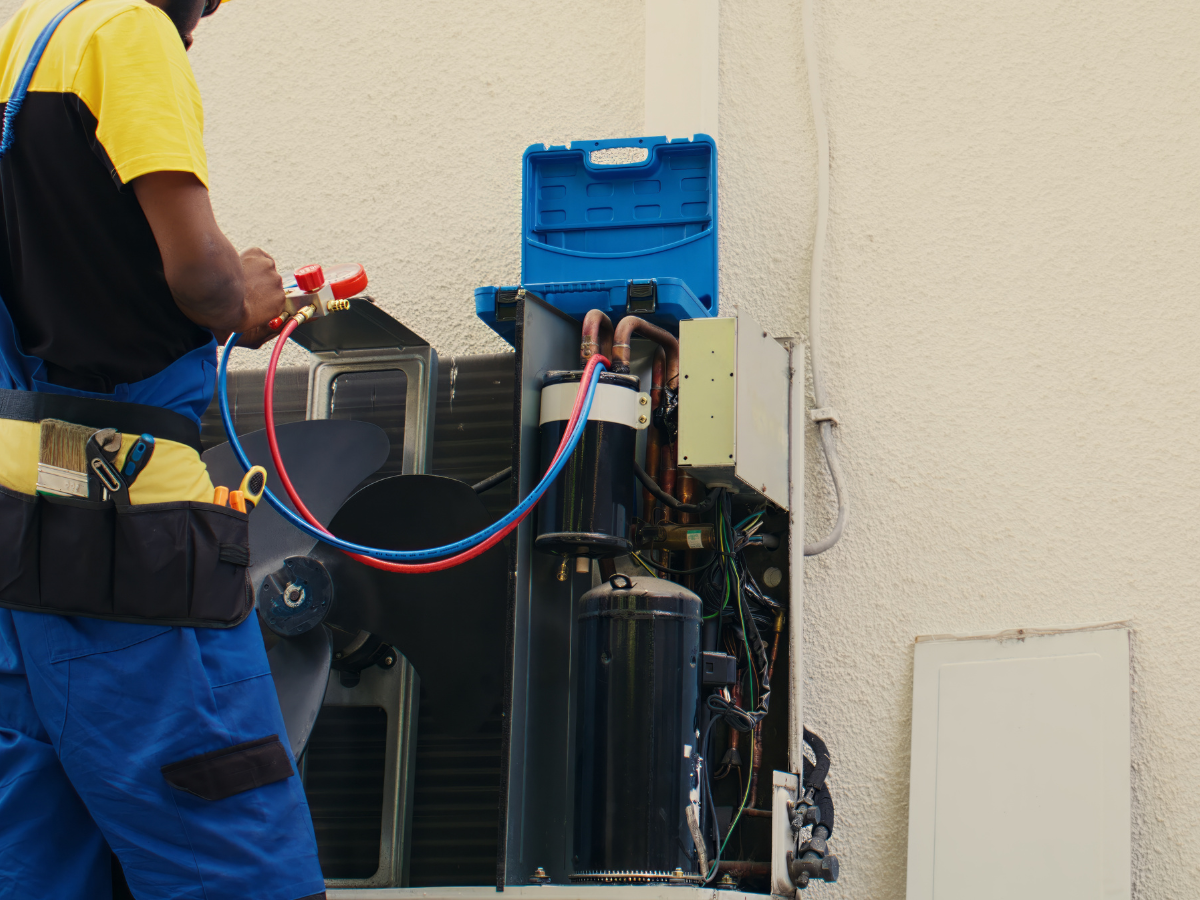Is Your Furnace Ready For Winter?
As the weather starts to cool down, now is the time to start thinking about your furnace. No one wants to be left in the cold, so it's important to make sure that your furnace is in good working condition before winter hits. But how can you tell if your furnace needs repair or replacement? Keep reading to find out.
Signs You Need Furnace Repair:
1. Your energy bills are higher than usual - This could be a sign that your furnace is working harder than it should be to heat your home. If you notice a spike in your energy bills, it's worth getting your furnace checked out by a professional.
2. You hear strange noises coming from your furnace - If you start hearing strange noises coming from your furnace, it's definitely time to call a professional. These noises could be an indication of a problem with the fan, the motor, or even the pilot light.
3. Some rooms in your house are colder than others - If you notice that some rooms in your house are colder than others, it could be a sign that your furnace isn't distributed heat evenly. This is usually an easy fix and can be resolved by a professional.
4. Your furnace is more than 15 years old - If your furnace is more than 15 years old, it might be time to start thinking about replacing it with a newer model. Newer furnaces are more efficient and can save you money on your energy bills in the long run.
Signs You Need Furnace Replacement:
1.Your furnace needs frequent repairs - If you find yourself calling for repairs more and more often, it might be time to replace your furnace rather than continue paying for costly repairs.
2. Your warranty has expired - Most furnaces come with a warranty that lasts for 10-15 years. If yours has expired, it might be time to start shopping for a new one.
3. The cost of repairs outweighs the cost of a new furnace - In some cases, the cost of repairs can outweigh the cost of buying a brand new furnace. When this happens, it's usually best to just replace the furnace rather than keep paying for costly repairs.
4. You're not getting enough heat - If you're not getting enough heat from your current furnace, it might be time for an upgrade. A new, more powerful furnace will be able to heat your home more effectively and efficiently.
If you're not sure whether you need furnace repair or replacement, there are a few things you can look for to help you decide. First, check to see if your energy bills have increased recently or if you've been hearing strange noises coming from your furnace. Additionally, see if any rooms in your house are colder than others or if your furnace is more than 15 years old—these could all be signs that replacement is necessary. Lastly, think about whether you've been making frequent repair calls or if the cost of repairs would outweigh the cost of buying a brand new unit—these factors could also indicate that replacement is necessary . Ultimately, only you can decide whether repair or replacement is right for you and your family but hopefully this overview has helped give you some guidance!
You might also like




